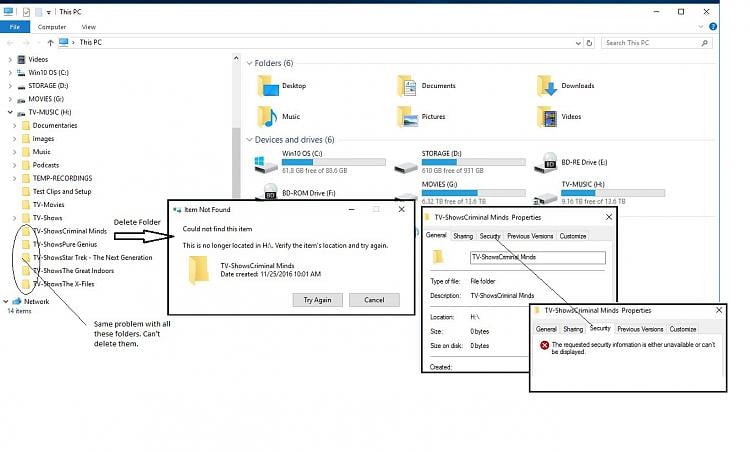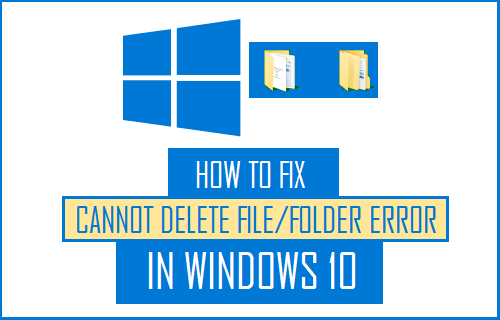

If prompted, say yes to applying the changes to all folders, blah blah blah. On the Permissions for Windows dialog that appears, you need to select SYSTEM and TrustedInstaller, and click the Remove button for each.Ĭlick OK (twice) to back out of the Properties dialogs when done. Right-click the old Windows folder, and choose Properties.Ĭlick the Security tab, and the click the Edit button: Here, you need to navigate to your old Windows folder in File Explorer ( Win-E). Step 2 – Set Permissions on the old Windows directory Once it’s done running, you can close the Command Prompt window. All it does is to recursively zoom through the folder you specify and give Administrator accounts on your puter (and therefore you!) control of the folder and all its contents. Note that “ E:\Windows” should be changed (twice!) to match the Windows or other folder you wish to remove. You need to copy/paste this command into the Admin Command Prompt you just opened: takeown /f "E:\Windows" /R & icacls "E:\Windows" /grant administrators:F /c /l In older versions of Windows, click Start, type “ cmd“, right-click Command Prompt, and then choose Run as Administrator. In Windows 10, right-click the Start button, and select Command Prompt (Admin). Well, fear not! Step 1 – Take ownership of the old Windows directory It’s the first step – taking ownership of the old Windows dir – that’s the biggest headache. Now, normally, this involves much wailing and gnashing of teeth – or special software.

Well, forget that! This method is a piece of cake…

There are a million and one articles out there about how to delete an old, unneeded Windows folder, but they usually involve some piece of software or complicated shenanigans. So, you try to delete E:\Windows… Access Denied, you need permissions, and so on…! Your new E: drive is now only a data drive, but alas, there is still an E:\Windows folder, and it’s taking up lots of space. You boot from the new SSD, and poof! You’re done.

You copy your old hard drive’s contents to your shiny new SSD, and use your old HDD as a data-only drive. Every now and then, you upgrade your puter.


 0 kommentar(er)
0 kommentar(er)
